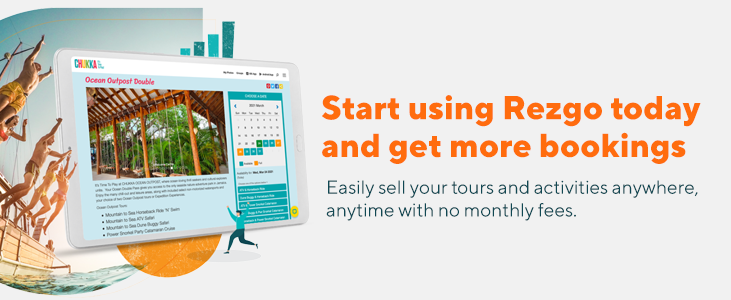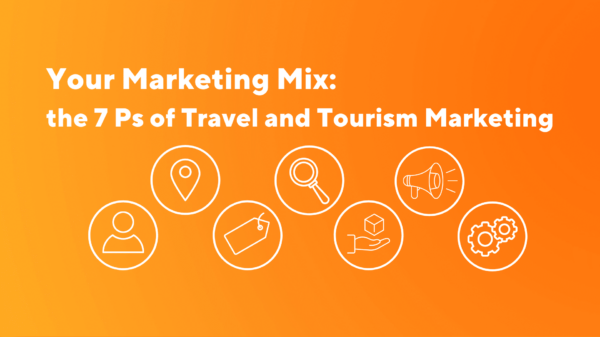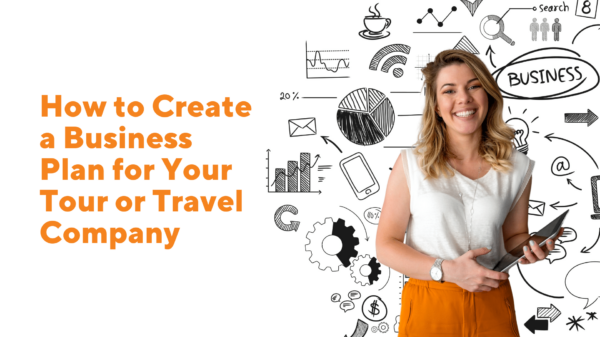Table of Contents
While tour and activity businesses operate in the offline world, many of us spend a lot of time in the online world. One place in particular? Our inboxes.
And, despite the growing influence of social media, email marketing still remains an effective tool to nurture potential customers and keep in touch with old ones. Tour and activity operators can use this marketing method to drive bookings, increase brand awareness, and foster loyalty.
This guide walks you through how to use email marketing for your tour business, including how to build an email list, which types of emails drive revenue, and the best practices to know before you hit send.
Benefits of Email Marketing for Tour Operators
There are so many revenue-driving and customer retention strategies, so what makes email marketing so special for tour businesses? Here are just a few reasons it’s worth considering.
It Can Drive Bookings
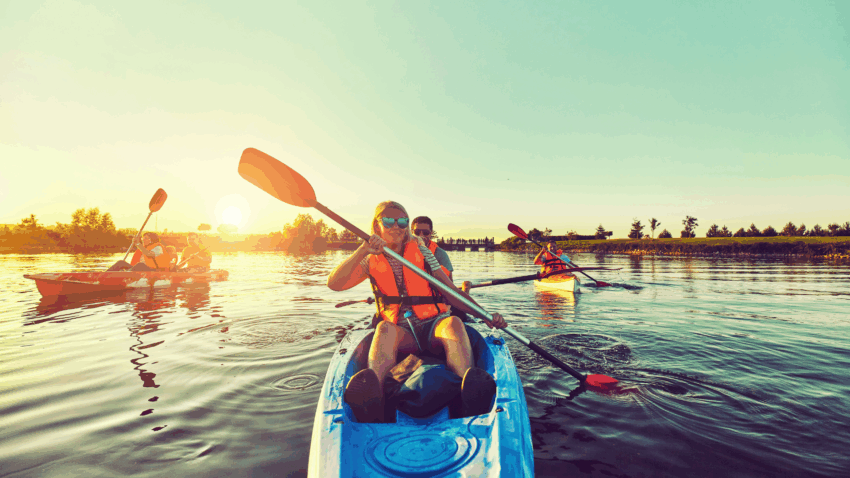
Email marketing is an effective way to promote your business and nurture new customers. You can also use email to stay in touch with past customers, driving reviews, word-of-mouth referrals, and repeat bookings.
In 2024, 53% of small businesses in the U.S., Canada, U.K., and Australia said they use email marketing as their most frequent strategy for gaining and retaining customers.
It’s not just about promoting your current offerings, either. Email is an effective way to promote early bird offers, discounts, or new tours. This information might get lost in a sea of social media posts, but with email, you’re reaching guests directly in their inbox.
Sending regular emails increases brand awareness and loyalty too by keeping your business’s name top of mind.
It’s Cost Effective
Advertising can be expensive, especially for small businesses, but email marketing is a cost-effective option.
The return on investment (ROI) of email marketing is $36 for every $1 spent, which can make it a smarter investment than paid online ads or print advertising.
Unlike these marketing methods where you pay per click or print run, email marketing has fixed running costs (usually just the price of your email platform). This means you can reach your entire email list for a lower price compared to other channels.
People Have Opted in to Hear from You
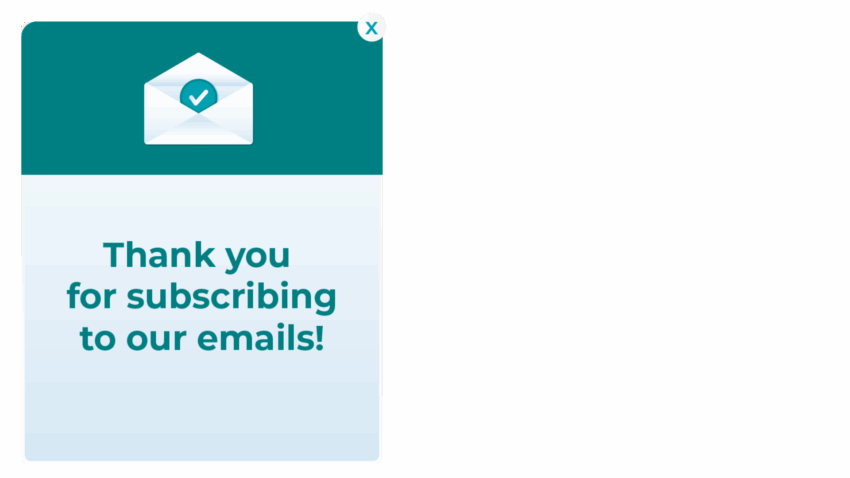
The beauty of email marketing is that everyone on your email list has chosen to be there. You have a direct line of communication with people who want to hear from your business, so you know there’s potential to convert them into customers.
The flip side of this is that you need to encourage people to sign up for your emails in the first place. Unlike social media or paid ads, you can’t pop up in front of them.
We’ll cover how to do that next.
Email List Building for Tour Operators

For email marketing to be successful, you need to have a list of people to send emails to. That can be tricky when getting started.
Here are some tips to start and grow your email list:
- Let customers know you have an email list: Have an email opt-in widget on your website, let guests know in person after their tours, and share a sign-up link in your social media posts, booking confirmations, and follow-up messages. To encourage sign-ups, highlight your mailing list as a great place to learn about new tours, early bird discounts, or exclusive deals.
- Offer a lead magnet: A lead magnet is something you offer to entice people to sign up for your emails. It could be a PDF guide with travel tips for the area, an upgrade on their booking, or a promo code for their next booking (a 2023 survey found 73% of people are willing to sign up for emails to get a 20% off coupon). You can also partner with local businesses and offer discounts to nearby restaurants or activities.
- Run a competition: Choose a prize (like a free tour or a gift card for your business or an online retailer) and give people the chance to enter a draw to win by joining your mailing list. Once the competition is over, focus on crafting engaging emails to keep people subscribed.
What Types of Emails to Send
There are endless types of tour business email campaigns you could run, and your emails should reflect your business, brand, and personality.
That said, there are a few types of emails that can help you build relationships and encourage bookings. Here are some ideas to get you started:
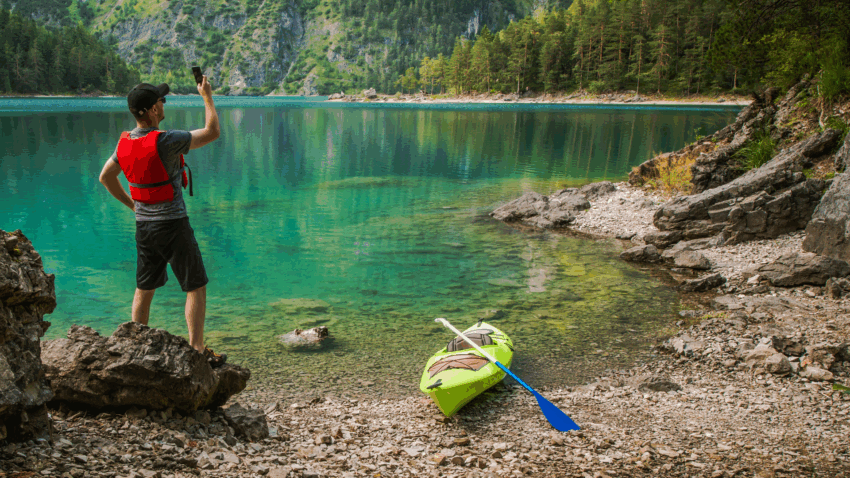
- Welcome emails: Say thanks for signing up and share the incentive you used as a lead magnet (if any). Example: “Welcome & claim your 10% off discount code”.
- Tour updates or highlights: Let guests know about the tours or activities you offer, special events, or exciting changes in your business. Example: “Sunset kayak tours are back for the summer.”
- Offers and discounts: Promote early bird discounts, group booking bundles, last-minute deals, or seasonal offers to drive bookings. Example: “Book now and save 10% on all walking tours.”
- Customer stories: Share testimonials or real customer experiences. Don’t forget to ask for permission if you’re sharing personal stories. Example: “How we helped Rob propose in a Hudson Valley vineyard.”
- Behind-the-scenes of your business: Share your founding story, team updates, or interviews with inspirational staff. Example: “Meet Julie, our hiking guide who’s training for the Appalachian Trail.”
- Educational emails: Share helpful travel tips to your area, how to prepare for your tours, and any other useful information that’s relevant to your guests (or future guests). Example: “5 tips for biking across Iceland (from our local guides).”
- Thank you emails: Send these out after a guest has attended your tour. As well as showing gratitude and fostering a warm relationship, it’s a great time to ask for a review, share a guest survey, or offer incentives to encourage a second booking or word-of-mouth referral.
Email Marketing Best Practices & Tips
Email marketing can feel like a minefield. These tips can get you started.
Subject Lines
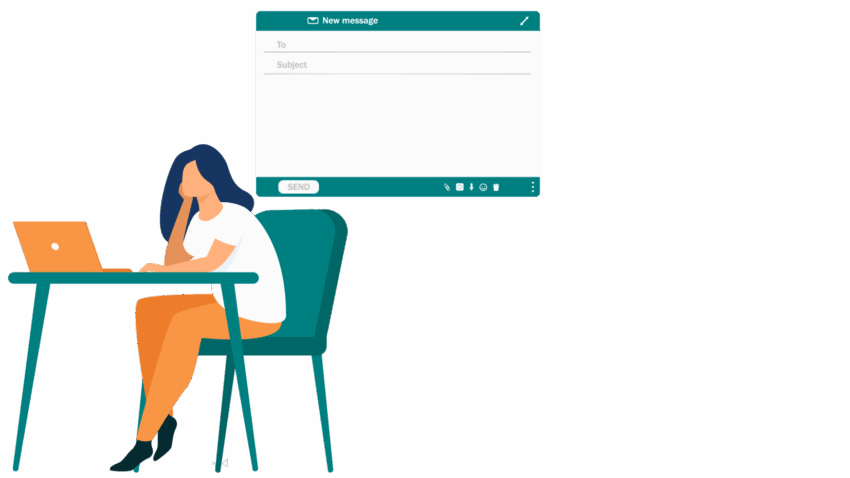
Reaching a guest’s inbox is half the battle. You also need them to open your email.
Here are some email subject line best practices to keep in mind:
- Keep it short — there’s no hard-and-fast rule, but aim for a maximum of about 60 characters
- Create urgency (example: “five spaces left”)
- Be descriptive and tell customers what to expect inside the email
- Test subject lines to see what gets the best open rate
- Harness personalization to include the customer’s name
Email Copy and Design
Decide on the tone of voice you’d like to use based on the type of activities you offer and the guests you want to attract. Keep that brand voice consistent in all your emails (and other marketing too!).
Most of the time, a warm and friendly tone with simple language beats anything complex or jargon-filled.
Use short paragraphs, bullet points, and high-quality images or videos to break up your emails and make them easy to scan. Avoid clutter and slow loading times with a clean and simple design. Many people check emails on mobile, so readability is key.
Include a clear CTA (call to action) in promotional emails telling readers what you’d like them to do next. That could be “book your place” or “claim your 10% discount.”
Laws and Regulations

Comply with relevant data protection and privacy laws and regulations like the CAN-SPAM Act and GDPR.
There are quite a few rules to follow. Here are a few of them:
- Get permission before emailing people — this will usually come from a sign-up form, checkbox, or booking opt-in
- Include a clear unsubscribe link in every email
- Don’t use deceptive subject lines
- Include your postal address in your emails
Rezgo collects marketing consent for you during the online booking process. And any email marketing tools — like Mailchimp, Hubspot, or Brevo — have additional features to help you stay compliant.
Segmentation
Segmentation allows you to split your email list into groups and send relevant emails that are more likely to convert or nurture the relationships.
For example, you might segment your list into:
- Locals vs. tourists
- Past customers vs. new subscribers
- Customers who booked a hiking trip vs. a food tour
You can also give subscribers the option to self-segment when signing up for your emails. This could be tick boxes asking what they’re interested in hearing about from you.
You can set up segmentation in your email marketing tool of choice.
Automation
Email automation for travel companies is a huge time-saver, opening up more space in your calendar for other outreach and email marketing tasks. You can set up emails to go out automatically in certain situations, including:
- A welcome email when someone signs up to your email list
- An email with a lead magnet you’re sharing
- A thank you email asking for a review or sharing a discount
- A cart abandonment email when someone starts a booking but doesn’t complete the purchase
- A birthday email with a special promo code, if you collect birth dates
You can use a tool like Rezgo to automate many of these types of emails. Rezgo’s canned message feature lets you create templates for emails you send regularly, like sending payment requests or gift cards.
How to Monitor Results from Email Marketing

There are a few metrics you can track to know if your email marketing efforts are paying off. Once you know what’s working well and what isn’t, you can make tweaks to improve your strategy.
Consider these metrics:
- Open rate: This is the percentage of people who opened your email. Try tweaking your subject lines if you have a low open rate.
- Click-through rate (CTR): This is the percentage of people who clicked a link in your email. If your CTR is low, try making your copy more engaging, test different topics or offers, and make your CTA stand out with clear, bold buttons.
- Conversion rate: This is the percentage of people who converted and completed your desired action, such as making a booking. Increase your conversion rate by creating a sense of urgency, using social proof, and making sure your online booking process is as quick and simple as possible.
- Unsubscribe rate: This is the percentage of people who are unsubscribing from your mailing list. A high rate could mean you’re sending emails too often or they aren’t relevant enough to your audience.
Travel and Tourism Email Marketing: Final Thoughts

Email might seem old school in the world of marketing, but it can be a cost-effective, high-ROI tool to drive bookings for your tour or activity business.
It helps you stay connected with past guests, nurture new ones, and keep your brand top of mind — all without spending a fortune.
With email marketing tools and booking software like Rezgo, you can harness segmentation and automation to make email an even more targeted and efficient way to grow your business.


